Flowering Plants of India: An Annotated Checklist, Vol. I: Dicotyledons
Contents: Families: 1. Ranunculaceae. 2. Circaeastraceae. 3. Paeoniaceae. 4. Dilleniaceae. 5. Magnoliaceae. 6. Illiciaceae. 7. Schisandraceae. 8. Tetracentraceae. 9. Eupteleaceae. 10. Annonaceae. 11. Meninspermaceae. 12. Berberidaceae. 13. Podophyllaceae. 14. Lardizabalaceae. 15. Nymphaeaceae. 16. Cabombaceae. 17. Nelumbonaceae. 18. Barclayaceae. 19. Papaveraceae. 20. Fumariaceae. 21. Brassicaceae. 22. Capparaceae. 23. Resedaceae. 24. Violaceae. 25. Bixaceae. 26. Flacourtiaceae. 27. Pittosporaceae. 28. Polygalaceae. 29. Xanthophyllaceae. 30. Frankeniaceae. 31. Caryophyllaceae. 32. Portulacaceae. 33. Tamaricaceae. 34. Elatinaceae. 35. Hypericaceae. 36. Clusiaceae. 37. Theaceae. 38. Actinidiaceae. 39. Stachyuraceae. 40. Dipterocarpaceae. 41. Cistaceae. 42. Ancistrocladaceae. 43. Malvaceae. 44. Bombacaceae. 45. Sterculiaceae. 46. Tiliaceae. 47. Plagiopteraceae. 48. Elaeocarpaceae. 49. Linaceae. 50. Erythroxylaceae. 51. Ixonanthaceae. 52. Malpighiaceae. 53. Zygophyllaceae. 54. Biebersteinceae. 55. Geraniaceae. 56. Balsaminaceae. 57. Oxalidaceae. 58. Averrhoaceae. 59. Tropaeolaceae. 60. Rutaceae. 61. Simaroubaceae. 62. Surianaceae. 63. Ochnaceae. 64. Burseraceae. 65. Meliaceae. 66. Dichapetalaceae. 67. Olacaceae. 68. Icacinaceae. 69. Opiliaceae. 70. Cardiopteridaceae. 71. Aquifoliaceae. 72. Celastraceae. 73. Hippocrateaceae. 74. Rhamnaceae. 75. Vitaceae. 76. Leeaceae. 77. Sapindaceae. 78. Hippocastanaceae. 79. Aceraceae. 80. Akaniaceae. 81. Melianthaceae. 82. Staphyleaceae. 83. Sabiaceae. 84. Anacardaceae. 85. Coriariaceae. 86. Moringaceae. 87. Connaraceae. 88. Leguminosae Fabaceae. 89. Rosaceae. 90. Chrysobalanaceae. 91. Neuradaceae. 92. Saxifragaceae. 93. Parnassiaceae. 94. Vahliaceae. 95. Grossulariaceae. 96. Iteaceae. 97. Escalloniaceae. 98. Hydrangeaceae. 99. Philadelphaceae. 100. Crassulaceae. 101. Droseraceae. 102. Hamamelidaceae. 103. Hydatellaceae. 104. Haloragaceae. 105. Hippuridaceae. 106. Callitrichaceae. 107. Rhizophoraceae. 108. Combretaceae. 109. Myrtaceae. 110. Lecythidaceae. 111. Memecylaceae. 112. Melastomataceae. 113. Lythraceae. 114. Altingiaceae. 115. Sonneratiaceae. 116. Cryptoneriaceae. 117. Punicaceae. 118. Onagraceae. 119. Trapaceae. 120. Turneraceae. 121. Passifloraceae. 122. Caricaceae. 123. Cucurbitaceae. 124. Begoniaceae. 125. Datiscaceae. 126. Cactaceae. 127. Aizoaceae. 128. Molluginaceae. 129. Apiaceae. 130. Araliaceae. 131. Cornaceae. 132. Alangiaceae. 133. Nyssaceae. 134. Caprifoliaceae. 135. Adoxaceae. 136. Asteraceae. 137. Rubiaceae. 138. Valerianaceae. 139. Dipsacaceae.
Botanical Survey of India is publishing the “Flowering Plants of India: An Annotated Checklist” in three volumes showcasing the entire floral wealth of the country. The voluminous work has three volumes; the first two volumes deal with dicotyledons enumerating of 16372 taxa in 2143 genera and 222 families and the third volume deals with monocotyledon enumerating 5358 taxa belongs to 631 genera and 46 families.
Get it now and save 10%
BECOME A MEMBER
-
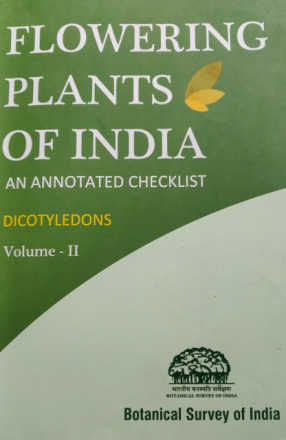
Flowering Plants of India: An Annotated Checklist, Vol. II: Dicotyledons
-
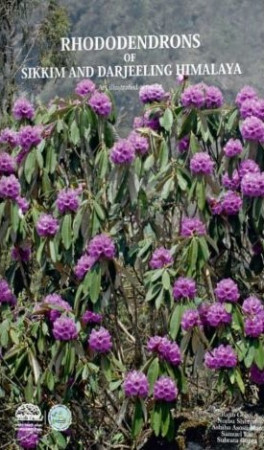
Rhododendrons of Sikkim and Darjeeling Himalaya: An Illustrated Account
-
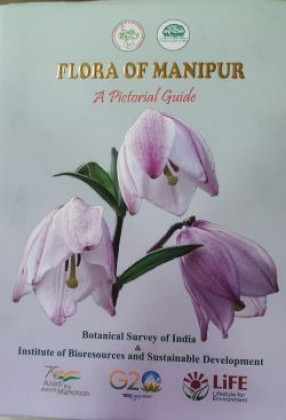
Flora of Manipur: A Pictorial Guide
-
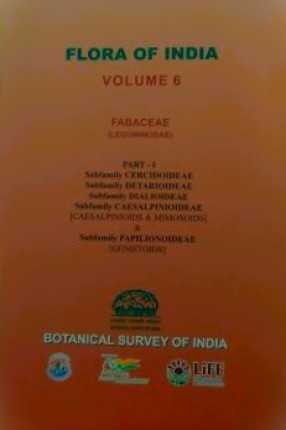
Flora of India, Volume 6: Fabaceae (Leguminosae), Part 1
-

Angiosperm Diversity of Mahatma Gandhi Marine National Park, South Andaman, India
-

Flora of Kurung Kumey District Arunachal Pradesh
-
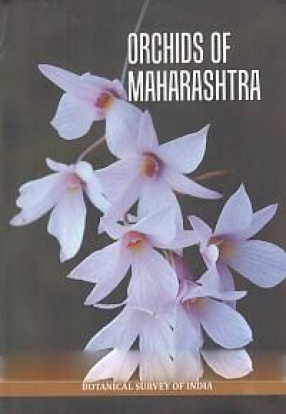
Orchids of Maharashtra
-
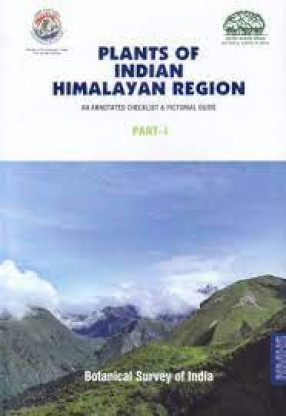
Plants of Indian Himalayan Region: An Annotated Checklist and Pictorial Guide (In 2 Volumes)

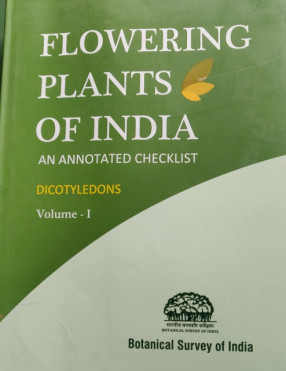





Bibliographic information
Ashiho Asosii Mao
Sudhansu Sekhar Dash